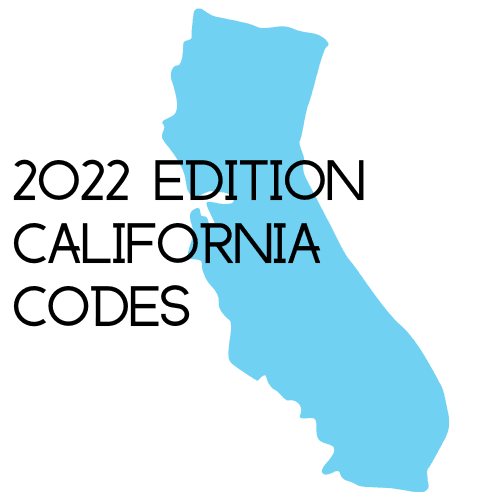New Code by Kerwin Lee, AIA

Every 3 years the state of California adopts and applies a new edition of the building code. This cycle is based on the writing and publication of the Model Codes that the States based their codes on. This would be, for the most part, the International Codes, written by the International Code Council or ICC. This cycle of 3-years goes back before there was an ICC and the United States had four Model codes being used: the Uniform Codes written by International Congress of Building Officials (ICBO), the National codes written by the Building Official Code Administrators (BOCA) and the Standard Codes written by the Southern Code Congress International (SBCCI). These three are known as the legacy codes that make up what we are using in the ICC codes. The 4th model codes are written by the National Fire Protection Association (NFPA) and include the National Electrical Code (NEC) and NFPA-101, Life Safety Code.
The three year cycle established itself as a reasonable time frame to introduce code changes, review, discuss and approve them and publish a new document. Writing and publishing codes are a big business. Imagine selling a document or set of documents every three years to every organization involved in construction. Purchasing a complete set of construction Codes is costly.
At the State level, July 1st will mark the date of publication of the 2022 Edition California Codes. This date is important because State Law requires 180 days from the date of publication to the date when the new code will be enforced, January 1, 2023.
The set of Building Standards in California is known as Title 24, which is made of 12 Parts:
- Part 1 – Administrative Code
- Part 2 – Building Code
- Part 2.5 – Residential Code
- Part 3 – Electrical Code, based on the National Electrical Code (NEC) published by NFPA (*).
- Part 4 – Mechanical Code, Based on the Uniform Mechanical Code, published by International of Plumbing and Mechanical Officials (IAPMO) (*).
- Part 5 – Plumbing Code, based on the Uniform Plumbing Code (UPC) , published by IAPMO (*).
- Part 6 – Energy Code
- Part 7 – Vacant/Not Used
- Part 8 – Historic Building Code
- Part 9 – Fire Code
- Part 10 – Existing Building Code
- Part 11 – Green Building Code
- Part 12 – Referenced Standards
(*) Three parts are based on model codes other than what is produced by ICC. This is more political than any technical reasons. If you control the building regulations, you can control construction ($$$).
The 180 days also give a chance for Building Departments to learn the new code and if necessary incorporate any local amendments. Local jurisdictions can further amend the State code, but any amendment is required to be more restrictive than the State standards.
Projects that are on the drawing boards should be designed in compliance with the new edition, the 2022 California Building Standards, especially if the project will be permitted on or after January 1, 2023. Building Departments are required to review all projects filed for plan check on this date. It may be possible to be reviewed under the current code, but you will probably need to make a submission before January 1, 2023. This should be discussed with the local building department.
Kerwin Lee, AIA


Responses